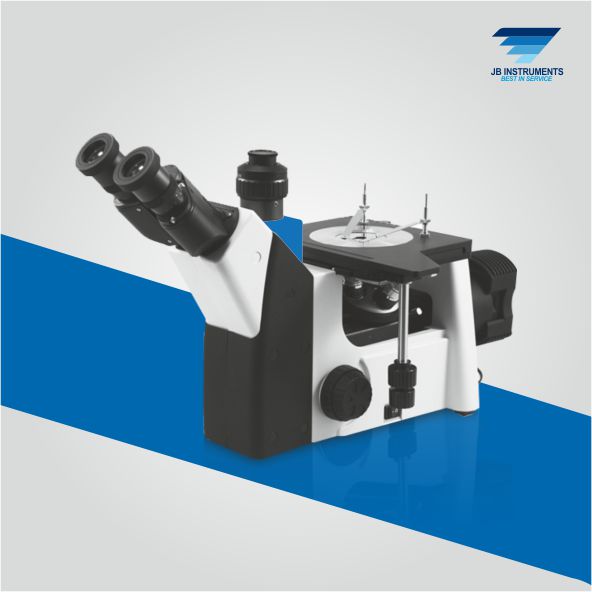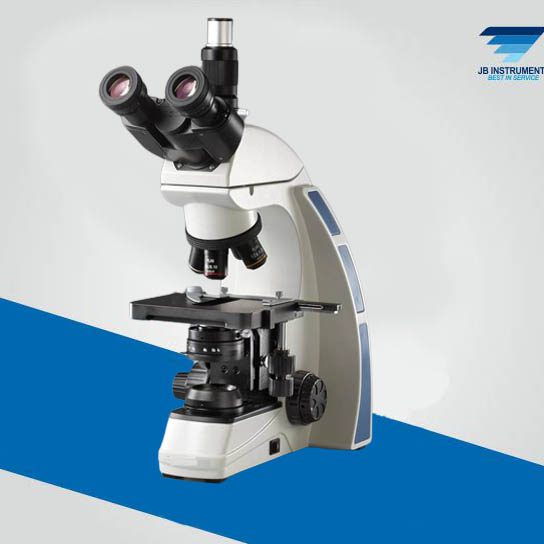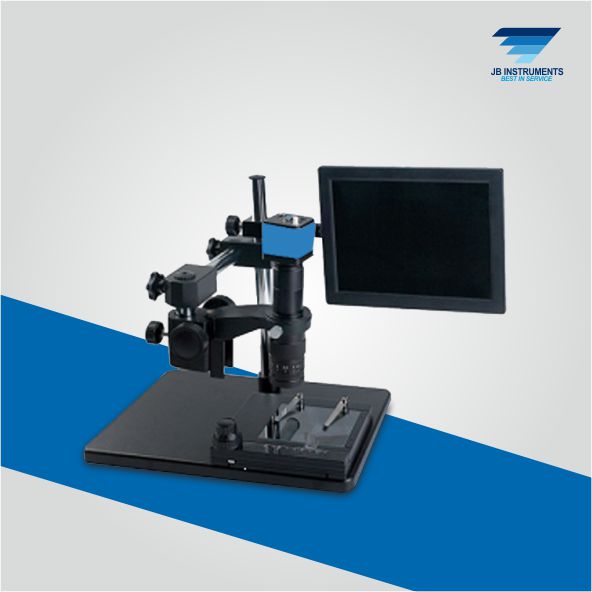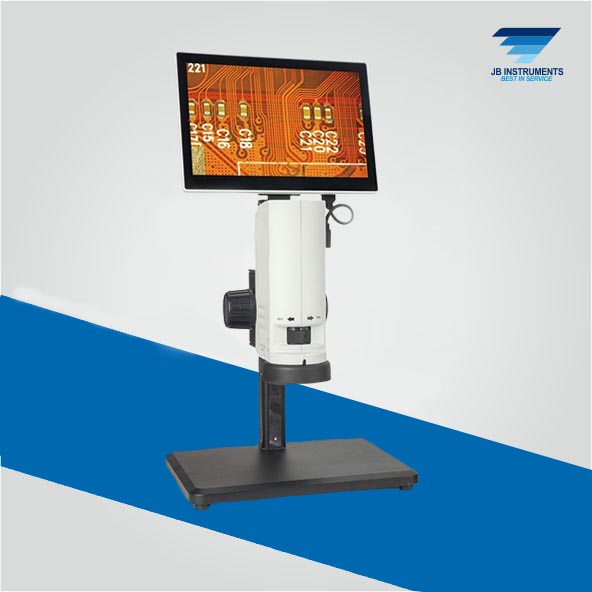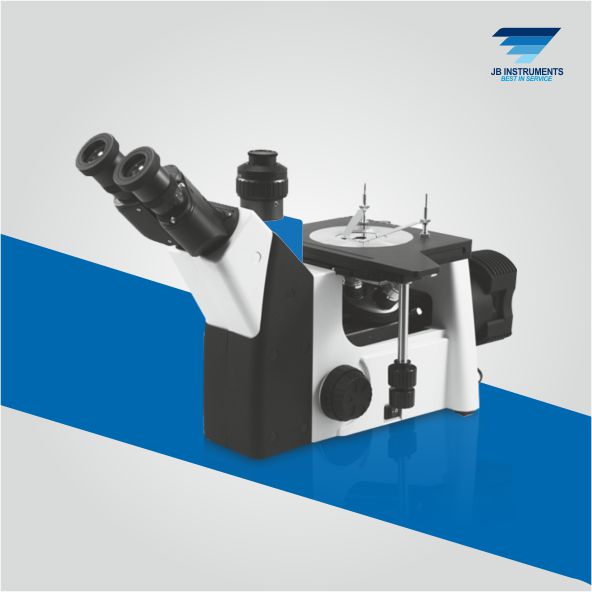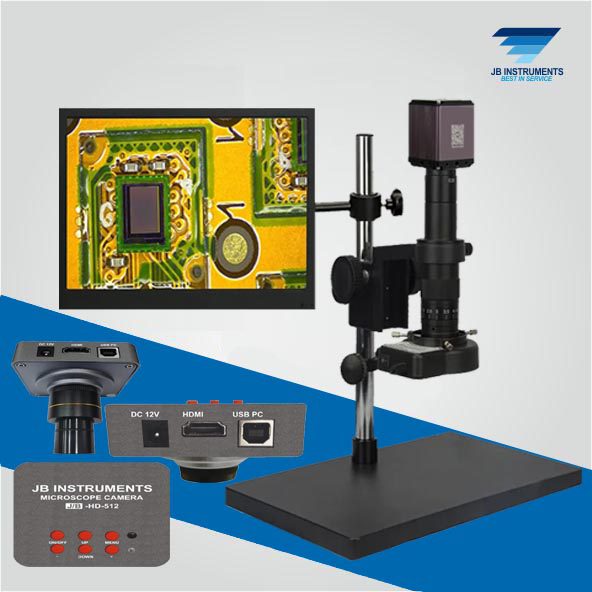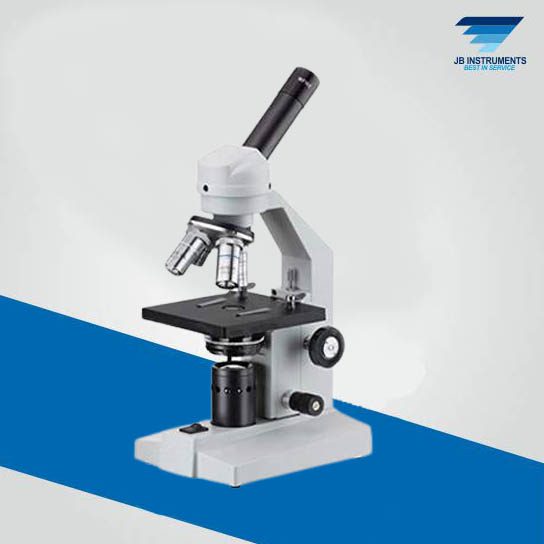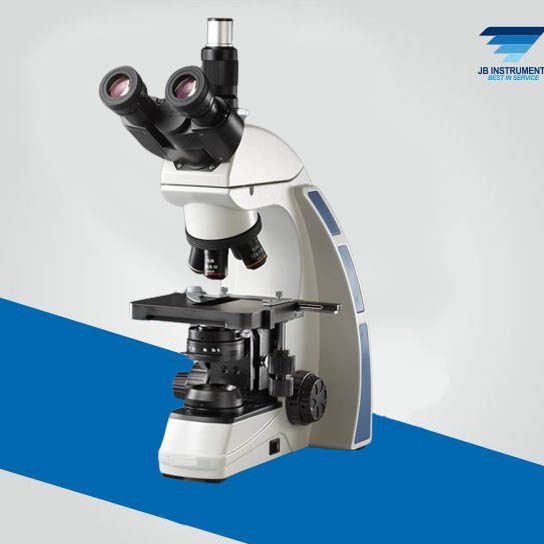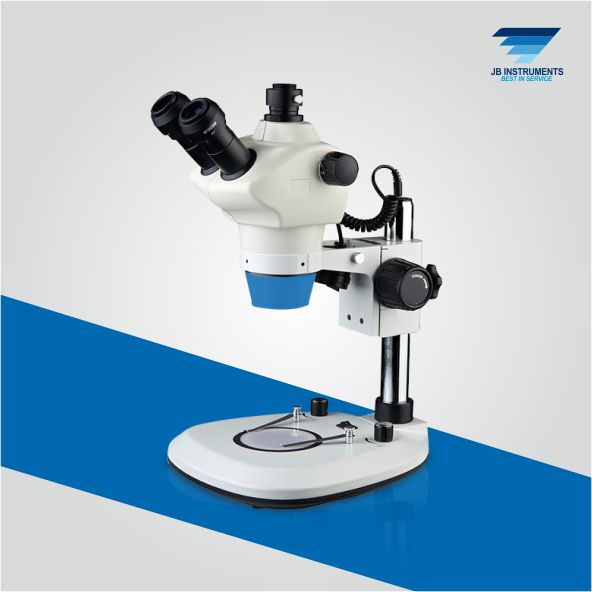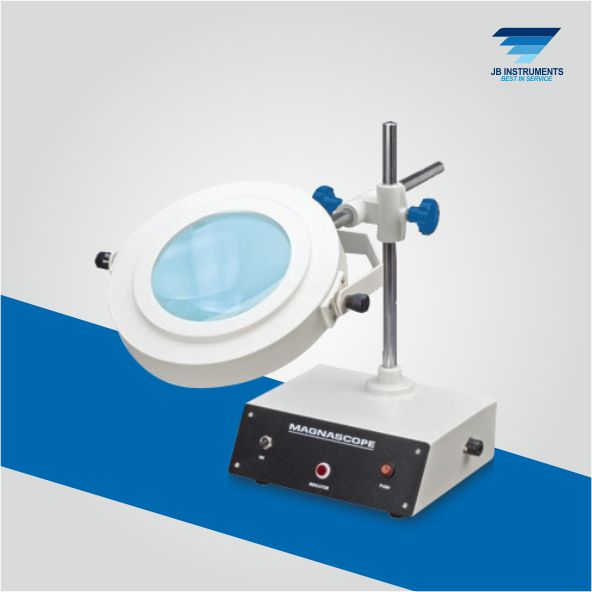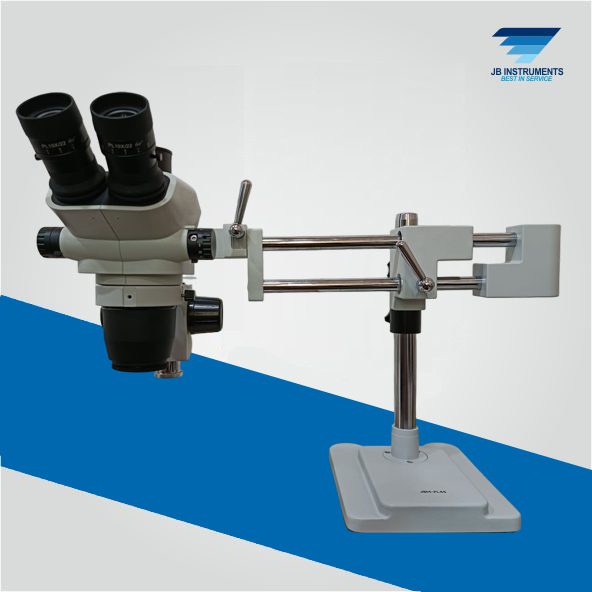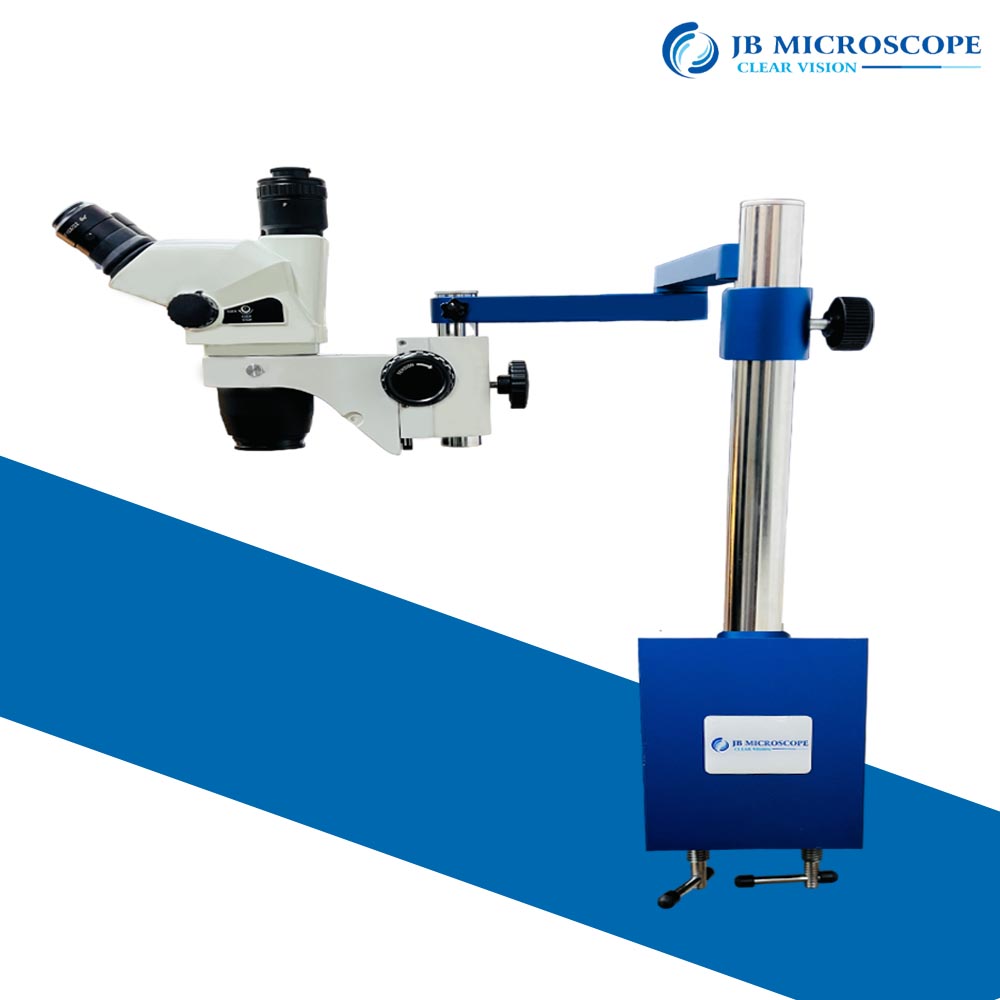A metal industry microscope is a specialized microscope designed for inspecting and analyzing metal specimens at a microscopic level. These microscopes play a crucial role in quality control, research, and development within the metal industry. They are used to examine the microstructure, surface features, and defects of metal samples. Here are some key features and aspects related to metal industry microscopes:
- Magnification:
- Metal industry microscopes typically offer a range of magnifications, allowing users to zoom in on metal samples at various levels. High magnification is essential for observing fine details of metal structures.
- Illumination:
- Adequate illumination is crucial for clear observation. Metal microscopes often have built-in LED or halogen light sources with adjustable intensity to enhance visibility and contrast.
- Polarization:
- Some metal microscopes are equipped with polarizing filters, allowing users to analyze the birefringence and optical properties of metal samples. This is particularly useful for studying crystalline structures.
- DIC (Differential Interference Contrast):
- Differential interference contrast is a microscopy technique that enhances the contrast in transparent specimens. Metal microscopes may incorporate DIC to improve the visualization of features like grain boundaries and phases in metal samples.
- Camera Compatibility:
- Many modern metal microscopes are designed to be compatible with digital cameras. This allows users to capture high-resolution images and videos of metal structures for documentation, analysis, and reporting.
- Inverted Microscopes:
- Inverted microscopes are commonly used in metallography. They have the light source beneath the specimen, making it easier to observe metal samples that are embedded in resin or other materials.
- Software Integration:
- Some metal industry microscopes come with integrated software for image analysis and measurement. This feature is valuable for quantitative analysis of metal structures.
- Objective Lenses:
- Metal microscopes are equipped with a variety of objective lenses to provide different levels of magnification. Common magnifications include 5x, 10x, 20x, 50x, and 100x.
- Stage and Micrometer:
- A mechanical stage with micrometer adjustments is essential for precisely positioning and examining metal samples. This helps in systematic scanning of the specimen.
- Reflective and Transmitted Illumination:
- Metal microscopes may have both reflective and transmitted illumination options. Reflective illumination is used for surface examinations, while transmitted illumination is useful for studying internal structures.
- Corrosion Studies:
- Some metal microscopes are equipped with environmental chambers to study the effects of corrosion on metal samples under controlled conditions.
These features make metal industry microscopes powerful tools for metallurgists, material scientists, and quality control professionals working in industries such as manufacturing, aerospace, automotive, and research institutions.
